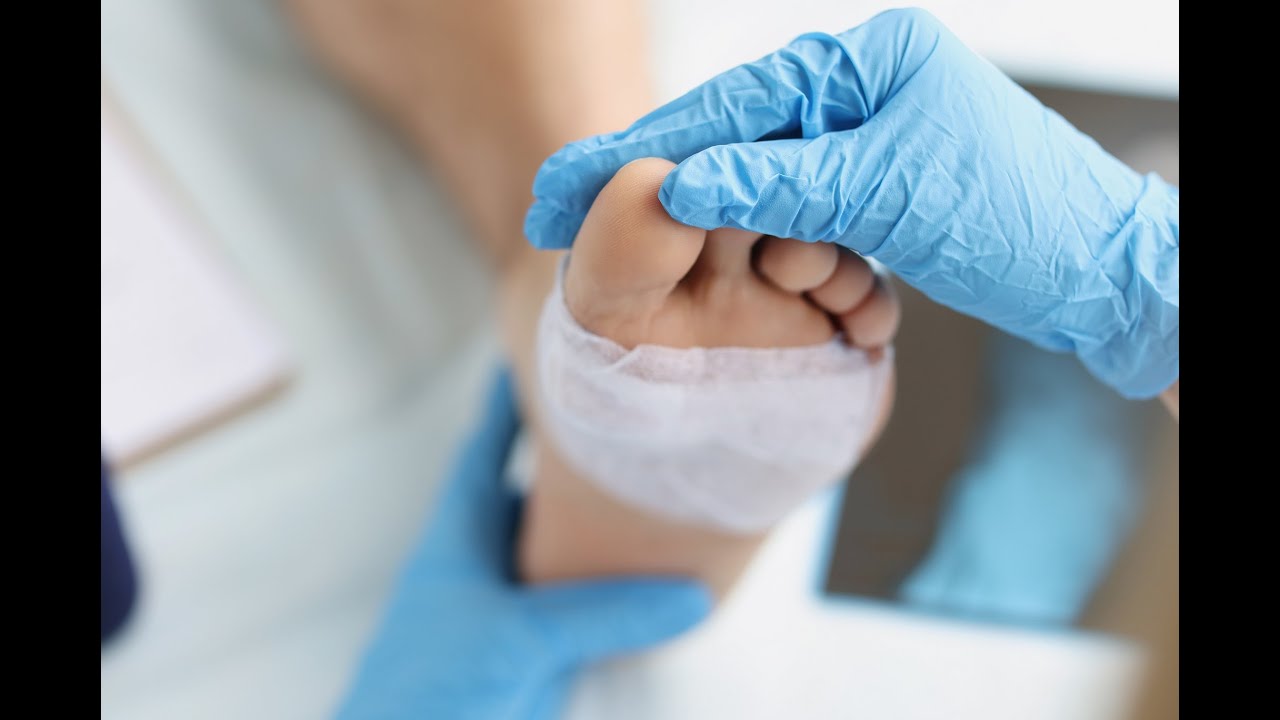A ground-breaking development in the treatment of chronic wounds has emerged, as an international team of scientists unveils a new method that does not rely on antibiotics or silver dressings but rather on plasma-activated hydrogel dressings. The research, led by University of South Australia physicist Dr. Endre Szili and recently published in Advanced Functional Materials, introduces a unique blend of chemical oxidants in ionized gas plasma to enhance the healing and decontamination of chronic wounds.
Chronic wounds, such as diabetic foot ulcers, internal wounds, and potential cancerous tumors, could potentially benefit from this innovative approach. Unlike conventional treatments that utilize antibiotics or silver dressings, plasma-activated hydrogel dressings offer a more effective solution without the associated drawbacks. The rising resistance to antibiotics and concerns regarding silver-induced toxicity have prompted the search for alternative therapies.
The prevalence of diabetes worldwide, affecting more than 540 million people, underscores the urgent need for advanced wound care solutions. With 30% of individuals with diabetes developing foot ulcers during their lifetime, the economic burden of managing chronic wounds already exceeds $US17 billion annually. As the incidence of chronic wounds climbs in correlation with factors like obesity and sedentary lifestyles, the demand for efficient treatment options becomes increasingly pressing.
Clinical trials have demonstrated the efficacy of cold plasma ionized gas in controlling infections and promoting healing. The unique chemical composition comprising reactive oxygen and nitrogen species (RONS) generated by plasma activation plays a pivotal role in accelerating the wound healing process. By leveraging the potent oxidants in plasma-activated hydrogel dressings, the research team successfully targeted and eradicated common bacteria in chronic wounds.
While the study primarily focused on diabetic foot ulcers, the versatility of the technology opens doors for its application in a wide range of chronic wounds and internal infections. Overcoming challenges related to the efficient delivery of RONS concentrations in hydrogels for clinical use, the researchers introduced an innovative electrochemical method to bolster hydrogel activation.
In addition to combating bacteria that cause wound infections, the plasma-activated hydrogels hold promise in bolstering the body’s immune response against pathogens. Dr. Szili emphasizes the critical need for alternative treatments in light of the looming global healthcare crisis posed by chronic wound infections. The environmentally sustainable approach of plasma-activated hydrogel therapy (PAHT) underscores its potential as a safe and effective treatment option.
Looking ahead, Dr. Szili envisions the application of plasma in treating cancerous tumors by activating drug delivery systems embedded within gels. The sustained release of active ingredients over an extended period could significantly enhance treatment outcomes, especially in penetrating tumors more effectively. The transformative potential of plasma technology in the medical field hints at a promising future beyond its current applications.
As the research progresses, the next phase will involve clinical trials aimed at fine-tuning the electrochemical technology for optimal treatment outcomes in human patients. The pursuit of cutting-edge solutions in wound care and infection management underscores the unwavering commitment of scientists to address critical healthcare challenges with innovative approaches.
*Note:
1. Source: Coherent Market Insights, Public sources, Desk research
2. We have leveraged AI tools to mine information and compile it

